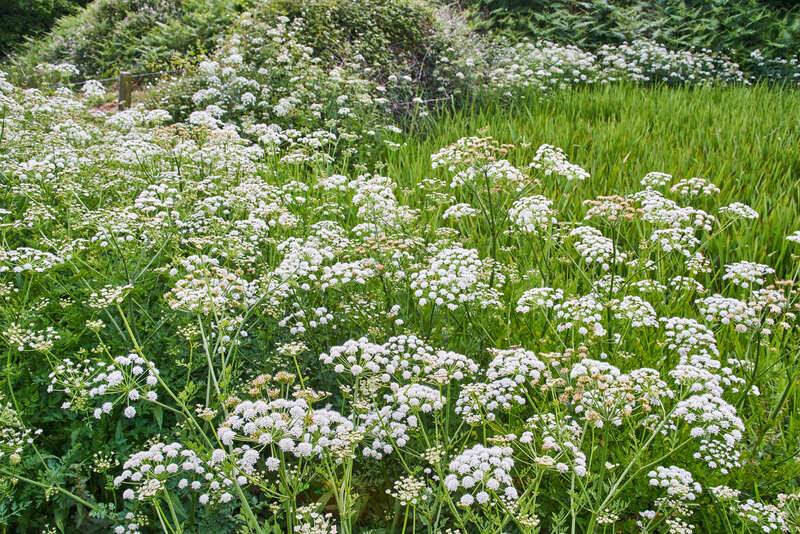Long-lasting Herbs from Your Garden
Posted on 09/02/2025
Growing herbs in your garden not only adds flavor to your dishes but also offers an array of health benefits. Long-lasting herbs, in particular, are ideal for gardeners seeking sustainable and low-maintenance options. These herbs persist year after year, requiring minimal replanting efforts.
Top Long-lasting Herbs to Grow
Several herbs stand out when it comes to longevity and ease of care. Here are some prime examples:
1. Rosemary
Rosemary is a versatile herb that thrives in well-drained soil and sunny locations. It's hardy and can withstand various weather conditions, making it a perennial favorite among gardeners.
2. Sage
Sage is another robust herb that can survive through different seasons. It's excellent for culinary use and can also serve as an ornamental plant.
3. Thyme
Thyme's small, fragrant leaves are a staple in many kitchens. This herb is drought-resistant and requires little attention once established.
4. Oregano
Oregano is easy to grow and ideal for those who love making Italian dishes. It thrives in both garden beds and pots, making it quite versatile.

Steps to Grow Long-lasting Herbs
Here's a step-by-step guide to growing these durable herbs:
1. Choosing the Right Location
Select a sunny spot in your garden with well-drained soil. Most long-lasting herbs prefer full sunlight and do not tolerate waterlogged conditions.
2. Soil Preparation
Prepare the soil by adding compost or organic matter to enhance drainage and nutrients. Herbs generally thrive in nutrient-rich environments.
3. Planting
Plant herb seedlings or cuttings in early spring. Space the plants appropriately to allow for growth and ensure air circulation.
4. Watering
While these herbs are low maintenance, they will need regular watering initially. Once established, they require minimal watering, making them easy to care for.
Pros and Cons of Growing Long-lasting Herbs
Pros
- Low Maintenance: Requires minimal care once established.
- Cost-effective: Reduces the need to buy herbs from the store.
- Health Benefits: Fresh herbs are rich in vitamins and antioxidants.
- Environmental Impact: Reduces the carbon footprint associated with transportation of store-bought herbs.
Cons
- Space Requirement: Needs adequate garden space.
- Initial Setup: Preparing soil and planting can be time-consuming.
Tips for Thriving Herb Gardens
- Regular Pruning: Helps to promote growth and prevent the plants from becoming woody.
- Mulching: Helps retain soil moisture and reduce the need for frequent watering.
- Companion Planting: Growing herbs alongside vegetables can help repel pests.
- Harvesting: Regular harvesting encourages new growth and keeps the herbs productive.

Takeaways
- Long-lasting herbs such as rosemary, sage, thyme, and oregano provide significant benefits with minimal maintenance.
- Proper location, soil preparation, and initial care are crucial for their successful growth.
- These herbs offer health benefits and can enhance culinary dishes while being eco-friendly.
Conclusion
Growing long-lasting herbs in your garden is a rewarding endeavor. These resilient plants require minimal care once established, making them perfect for both novice and experienced gardeners. They not only enrich your culinary experiences but also offer numerous health benefits. With the right care and attention, your herb garden can provide bountiful harvests for years to come.




